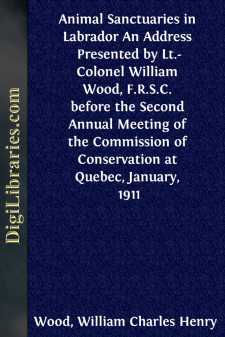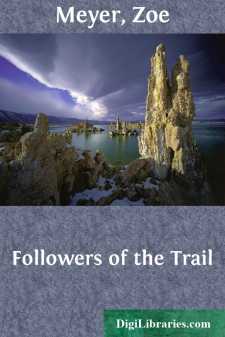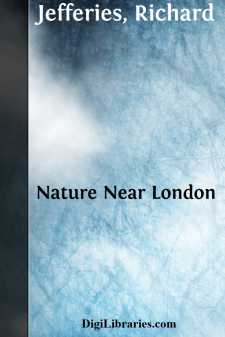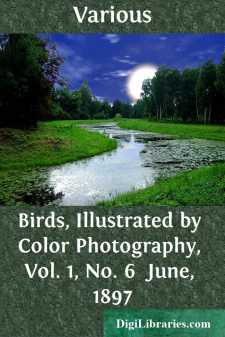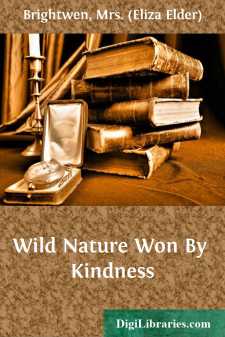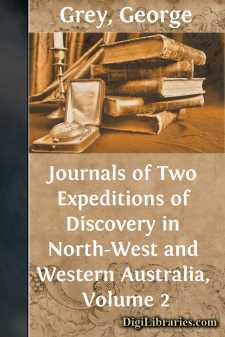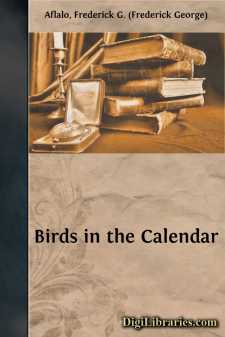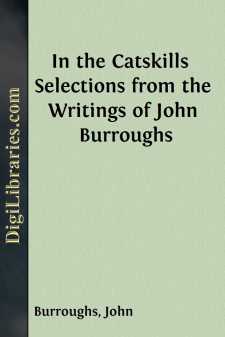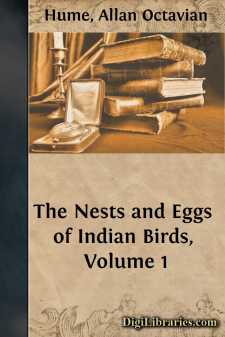Nature
Nature Books
Sort by:
An Appeal All to whom wild Nature is one of the greatest glories of the Earth, all who know its higher significance for civilized man to-day, and all who consequently prize it as an heirloom for posterity, are asked to help in keeping the animal life of Labrador from being wantonly done to death. There is nothing to cause disagreement among the three main classes of people most interested in wild...
more...
by:
Zoe Meyer
PAL In the depths of the green wilderness, where dark spruce and hemlock guard the secrets of the trail, are still to be found wild creatures who know little of man and who regard him with more of curiosity than of fear. Woodland ponds, whose placid waters have never reflected the dark lines of a canoe, lie like jewels in their setting of green hills; ponds where soft-eyed deer come down to drink at...
more...
NATURE NEAR LONDON WOODLANDS The tiny white petals of the barren strawberry open under the April sunshine which, as yet unchecked by crowded foliage above, can reach the moist banks under the trees. It is then that the first stroll of the year should be taken in Claygate Lane. The slender runners of the strawberries trail over the mounds among the moss, some of the flowers but just above the black and...
more...
by:
Various
BIRD SONG. “I cannot love the man who doth not love,As men love light, the song of happy birds.” T is indeed fitting that the great poets have ever been the best interpreters of the songs of birds. In many of the plays of Shakespeare, especially where the scene is laid in the primeval forest, his most delicious bits of fancy are inspired by the flitting throng. Wordsworth and Tennyson, and many of...
more...
The present edition has been improved by the adoption of a number of illustrations which were designed for the German translation of this book. INTRODUCTION. HAVE often wished I could convey to others a little of the happiness I have enjoyed all through my life in the study of Natural History. During twenty years of variable health, the companionship of the animal world has been my constant solace and...
more...
by:
George Grey
CHAPTER 1. FROM GANTHEAUME BAY TO THE HUTT RIVER. WRECK OF THE SECOND BOAT IN GANTHEAUME BAY. A few moments were sufficient to enable us all to recollect ourselves: two men endeavoured to keep the boat's stern on to the sea, whilst the rest of us lightened her by carrying everything we could on shore, after which we hauled her up. The custom had always been for the other boat to lie off until I...
more...
THE PHEASANT As birds are to be considered throughout these pages from any standpoint but that of sport, much that is of interest in connection with a bird essentially the sportsman's must necessarily be omitted. At the same time, although this gorgeous creature, the chief attraction of social gatherings throughout the winter months, appeals chiefly to the men who shoot and eat it, it is not...
more...
I. THE WOODLANDS IN JANUARY Humanity has always turned to nature for relief from toil and strife. This was true of the old world; it is much more true of the new, especially in recent years. There is a growing interest in wild things and wild places. The benedicite of the Druid woods, always appreciated by the few, like Lowell, is coming to be understood by the many. There is an increasing desire to...
more...
by:
John Burroughs
INTRODUCTION The eight essays in this volume all deal with the home region of their author; for not only did Mr. Burroughs begin life in the Catskills, and dwell among them until early manhood, but, as he himself declares, he has never taken root anywhere else. Their delectable heights and valleys have engaged his deepest affections as far as locality is concerned, and however widely he journeys and...
more...
AUTHOR'S PREFACE. I have long regretted my inability to issue a revised edition of 'Nests and Eggs.' For many years after the first Rough Draft appeared, I went on laboriously accumulating materials for a re-issue, but subsequently circumstances prevented my undertaking the work. Now, fortunately, my friend Mr. Eugene Gates has taken the matter up, and much as I may personally regret...
more...


